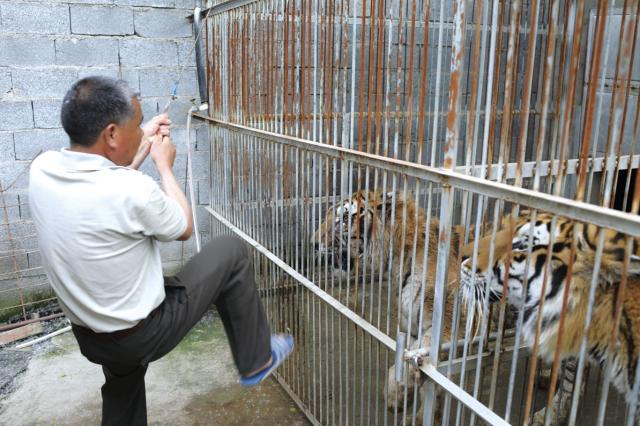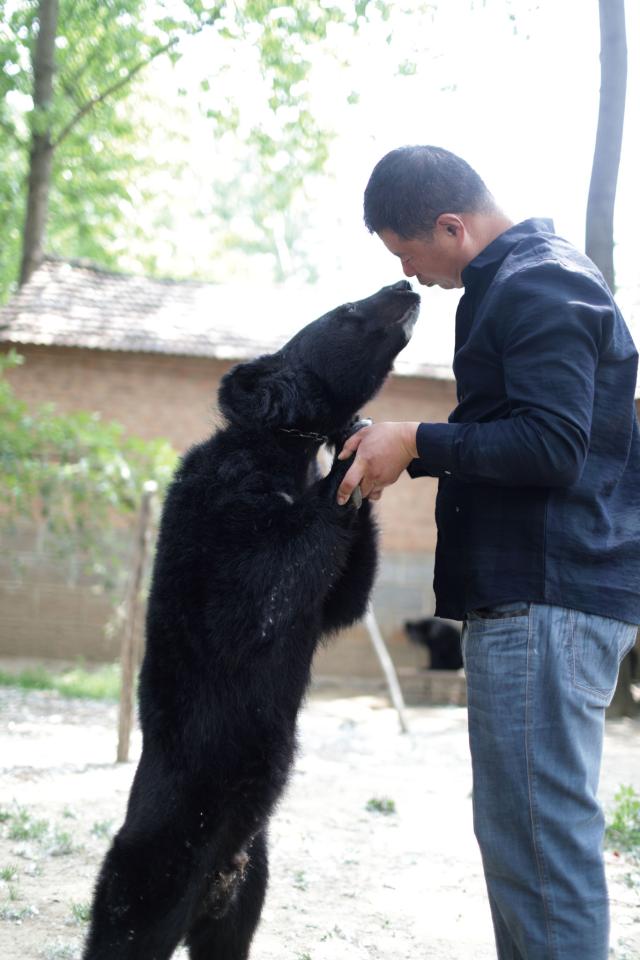In March, more than 300 circus managers published an open letter online calling on the Ministry of Housing and Urban-Rural Development (MOHURD) to save the circus industry.
Li Yin was one of the signatories. The letter attacks what it calls contradictory policies toward the circus industry held by China’s different regulators. “We are completely confused about which policy has a stronger legal basis,” Li explained.
Back in 2010, MOHURD called on all zoos in China to “cease animal performance shows.” In June 2013, a MOHURD document on zoo regulation held that “in the process of wildlife protection and artificial feeding... all kinds of animal performance activities should be prohibited.”
However since these calls are not law, some zoos have retained their circus contracts. Yang Zhiyuan and Huang Yingzhi, two circus managers, say they have had ongoing cooperation with Xi’an Qinling Wildlife Park and Guangzhou Zoo since the 1990s. They told NewsChina that back then, circus performances provided extra revenue for zoos that could amount to tens of millions of yuan.
China’s animal management system is complex and muddled. Land animals and wildlife parks are administered by the State Forestry and Grassland Administration, while urban zoos fall under the control of MOHURD and marine animals and aquariums are regulated by the Ministry of Agriculture. Meanwhile circuses are managed by the Ministry of Culture and Tourism. These ministries have contradictory policies that can drive circus owners crazy.
China’s Wildlife Protection Law, which came into effect in 1989, is the most authoritative law on the subject in China. But despite continuous amendments it has never regulated animal performances or circus shows. Since 1996, seeking to tighten regulations on circus performances, the Chinese government began requiring all circuses to obtain certificates on training and feeding animals from the Forestry Ministry and a license to perform from the local Culture Department. In Li Yin’s home of Suzhou, which has a rich historical tradition of training goats and monkeys for street performance, it was easy to obtain such certificates in the 1990s and 2000s. Today it is almost impossible to obtain a new certificate in this industry.
In November 2014, China’s Forestry Ministry called for public feedback on a draft guidance on domesticating and propagating key wildlife. The document divided wildlife into five categories, including one of “circus performances.” This draft seemed to legalize circus activities, but it was not enacted.
In the past decade, China’s roughly 1,000 circus companies have been required by different ministries to apply for domestication licenses, transportation licenses, performance licenses, business licenses, as well as tax certificates. In addition, it is now compulsory to microchip all performing animals.
After obtaining all of these licenses and certificates it is theoretically legal to train animals for performance purposes, however this contradicts MOHURD’s guidance which prohibits all types of animal performance.

 Old Version
Old Version

